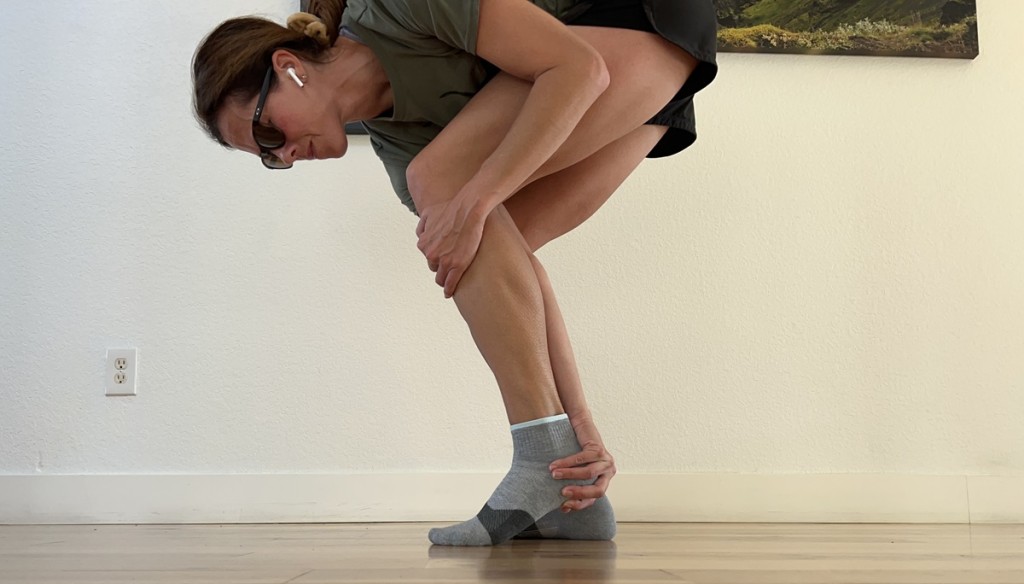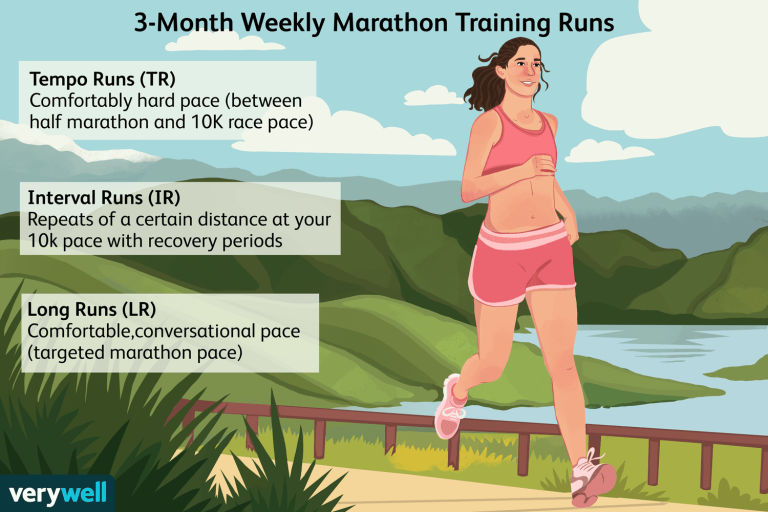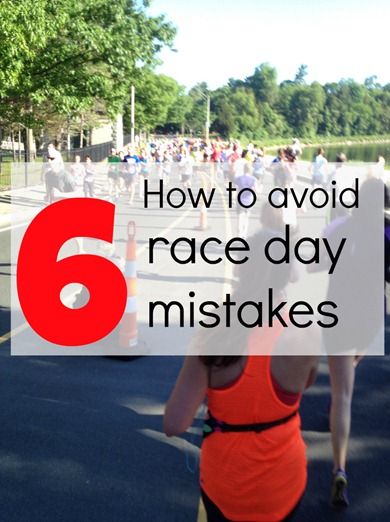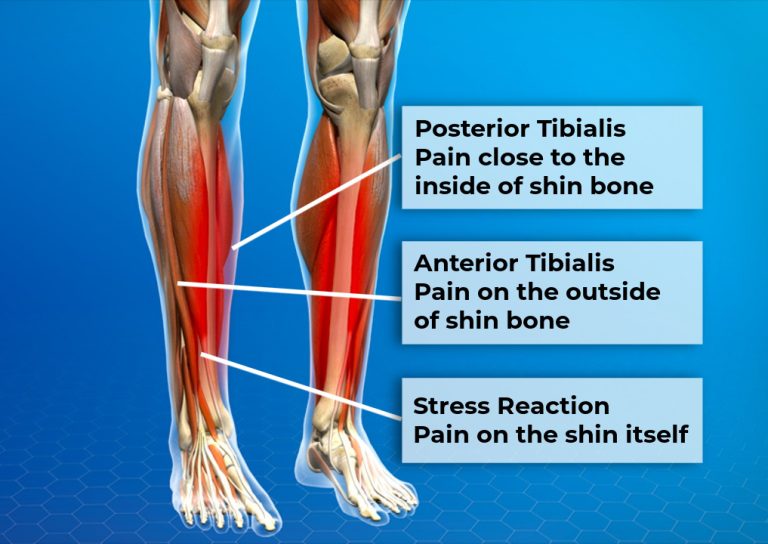Common Causes of Heel Pain After Running And How to Fix It!
Heel pain after running is commonly caused by plantar fasciitis or Achilles tendinitis. Solutions include rest, stretching, proper footwear, and heel inserts to support the affected area.
Experiencing heel pain after a run can be frustrating and disruptive to your exercise routine. It is often caused by overuse injuries such as plantar fasciitis or Achilles tendinitis. The repetitive stress on the heel and surrounding structures during running can lead to inflammation and discomfort.
Luckily, there are effective ways to alleviate this pain and prevent it from recurring in the future. By incorporating proper rest periods, targeted stretching exercises, wearing supportive footwear, and using heel inserts for added cushioning, you can address the root of the issue and allow your heels to heal properly. Let’s explore some common causes of heel pain after running and how to fix it for a pain-free running experience.
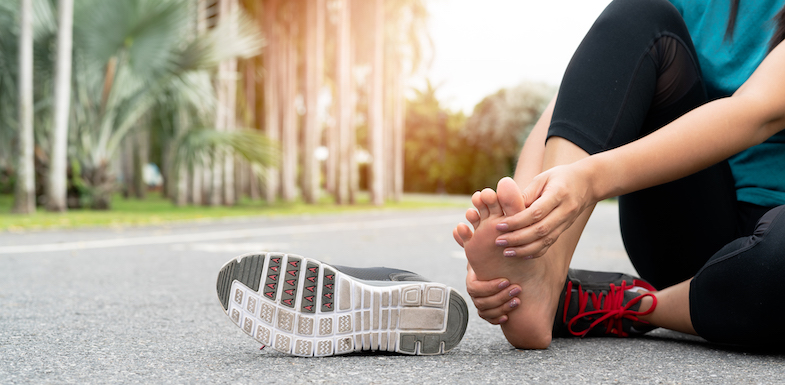
Credit: arizonapain.com
Improper Footwear
Improper footwear is one of the leading causes of heel pain after running. Not wearing the right shoes can put excessive pressure on your heels, leading to discomfort and injury. Understanding the specific issues related to improper footwear can help you prevent and address heel pain.
Lack Of Cushioning
Running shoes should provide ample cushioning to absorb the impact of each stride and protect your heels. Without sufficient cushioning, your heels are subjected to excessive force, leading to discomfort and potential injury. Ensure that your running shoes have adequate cushioning to support your heels.
Wrong Shoe Size
Wearing the wrong shoe size can significantly contribute to heel pain after running. Shoes that are too small can compress your heels and cause friction, leading to blisters and discomfort. On the other hand, oversized shoes can lead to instability and increase the risk of injury. It’s crucial to wear running shoes that fit properly to support and protect your heels.

Credit: marathonhandbook.com
Overuse And Training Errors
Overuse and Training Errors are common culprits of heel pain for runners. Understanding these causes and how to address them is essential for resolving heel pain issues.
Excessive Mileage
Running too many miles without proper rest can lead to heel pain. It is important to gradually increase mileage and incorporate rest days to prevent overuse injuries.
Sudden Increase In Intensity
Increasing running intensity too quickly can strain the muscles and tendons in the feet, leading to heel pain. Gradually ramp up the intensity to allow the body to adapt and avoid injury.
Biomechanical Issues
Biomechanical Issues: Heel pain after running can often be caused by biomechanical issues related to how the feet move and function during physical activity.
Flat Feet
Flat Feet: Feet with low or no arches can lead to overpronation, where the feet roll inward excessively during running, causing strain on the heels.
- Solution: Wear supportive running shoes with arch support to help stabilize the feet and reduce excessive inward rolling.
- Tip: Consider custom orthotics to provide additional support and alignment for flat feet.
High Arches
High Arches: Feet with high arches may underpronate, leading to added pressure on the heels due to the limited shock absorption.
- Remedy: Opt for cushioned running shoes that offer extra shock absorption to reduce the impact on the high-arched feet.
- Pro tip: Incorporate stretching exercises for the calves and Achilles tendon to alleviate strain on the high-arched feet.
Plantar Fasciitis
Plantar fasciitis is a common heel pain that many runners experience. It occurs when the plantar fascia, a thick band of tissue that runs along the bottom of your foot, becomes inflamed. The condition can cause stabbing pain in the heel, making it challenging to run or even walk. Let’s take a closer look at the causes of plantar fasciitis and effective ways to treat and prevent it.
Inflammation Of The Plantar Fascia
Plantar fasciitis is often caused by overuse and repetitive strain on the ligament, leading to inflammation and heel pain. Runners are particularly prone to this condition due to the repetitive impact of their feet hitting the ground. Tight calf muscles and inadequate foot support can also contribute to the development of plantar fasciitis.
Treatments And Prevention
- Rest: Giving the foot a break from running and high-impact activities can help reduce inflammation and allow the plantar fascia to heal.
- Stretching: Regular stretching of the calf muscles and the plantar fascia can alleviate tightness and help prevent the onset of plantar fasciitis.
- Footwear: Wearing supportive and well-cushioned shoes can provide the necessary shock absorption and reduce stress on the plantar fascia.
- Orthotic Inserts: Using custom orthotic inserts or shoe inserts with arch support can help distribute pressure evenly and support the foot’s natural arch.
- Icing: Applying ice to the affected area can help alleviate pain and reduce inflammation.
Achilles Tendinitis
One common cause of heel pain after running is Achilles tendinitis. This condition occurs when the Achilles tendon, which connects the calf muscles to the heel bone, becomes inflamed or irritated.
Injury To The Achilles Tendon
If the Achilles tendon is subjected to excessive stress or repetitive strain, it can become injured. This can happen due to overuse, improper training techniques, or sudden increase in running intensity. Incorrect footwear and running on uneven surfaces can also contribute to Achilles tendon injuries.
Achilles tendinitis often presents as a dull ache or sharp pain at the back of the heel, particularly when running or walking. The area may feel tender and swollen, making it difficult to put weight on the affected foot.
To treat this condition, it is important to rest the affected foot and avoid activities that aggravate the pain. Applying ice packs and using nonsteroidal anti-inflammatory drugs (NSAIDs) can help reduce inflammation and pain. Gentle stretching and strengthening exercises for the calf muscles can also aid in the recovery process.
Rehabilitation And Prevention
Proper rehabilitation and preventative measures can help reduce the risk of developing Achilles tendinitis and improve overall foot health. Here are some tips:
- Gradually increase running intensity and distance to allow the Achilles tendon to adapt to the workload
- Wear properly fitting, supportive running shoes that provide adequate cushioning for the heel
- Consider using orthotic inserts or heel cups to provide additional support and alleviate pressure on the Achilles tendon
- Stretch the calf muscles before and after running to enhance flexibility
- Strengthen the calf muscles through exercises like heel raises and calf raises
- Alternate between different types of exercise, such as swimming or cycling, to reduce repetitive stress on the Achilles tendon
- Listen to your body and rest if you feel any pain or discomfort in the heel area
- Seek professional guidance from a physical therapist or sports medicine specialist to address any underlying biomechanical issues that may contribute to Achilles tendinitis
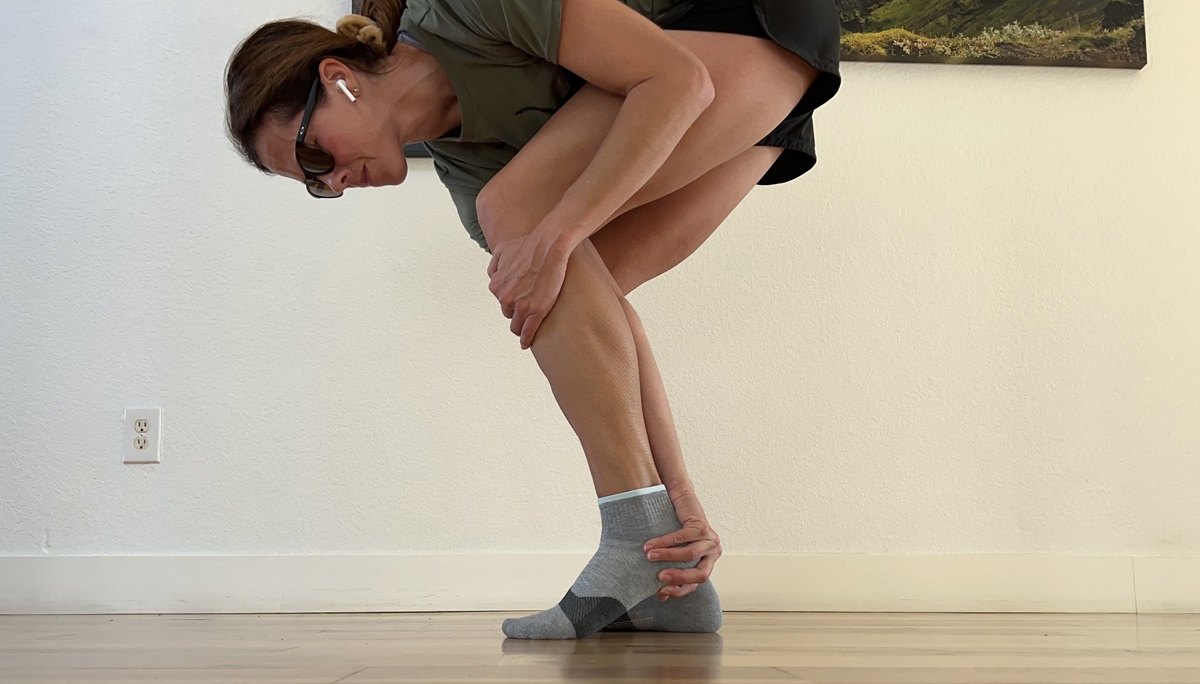
Credit: www.runtothefinish.com
Frequently Asked Questions Of Common Causes Of Heel Pain After Running And How To Fix It!
Faq 1: What Are The Common Causes Of Heel Pain After Running?
Heel pain after running can be caused by conditions such as plantar fasciitis, Achilles tendinitis, or stress fractures.
Faq 2: How Can I Prevent Heel Pain After Running?
To prevent heel pain, make sure to wear proper fitting shoes, stretch before and after running, gradually increase mileage, and listen to your body.
Faq 3: What Are Some Effective Ways To Fix Heel Pain After Running?
Treating heel pain may involve rest, icing the area, using orthotics, performing strengthening exercises, and seeking professional medical advice for proper diagnosis and treatment.
Conclusion
Heel pain after running is a common issue that can be caused by various factors such as improper footwear, overtraining, and muscle imbalances. It is crucial to address these underlying causes by incorporating proper stretching and strengthening exercises, as well as wearing appropriate shoes to prevent and alleviate heel pain.
By understanding and addressing these factors, runners can enjoy pain-free and rewarding running experiences.

